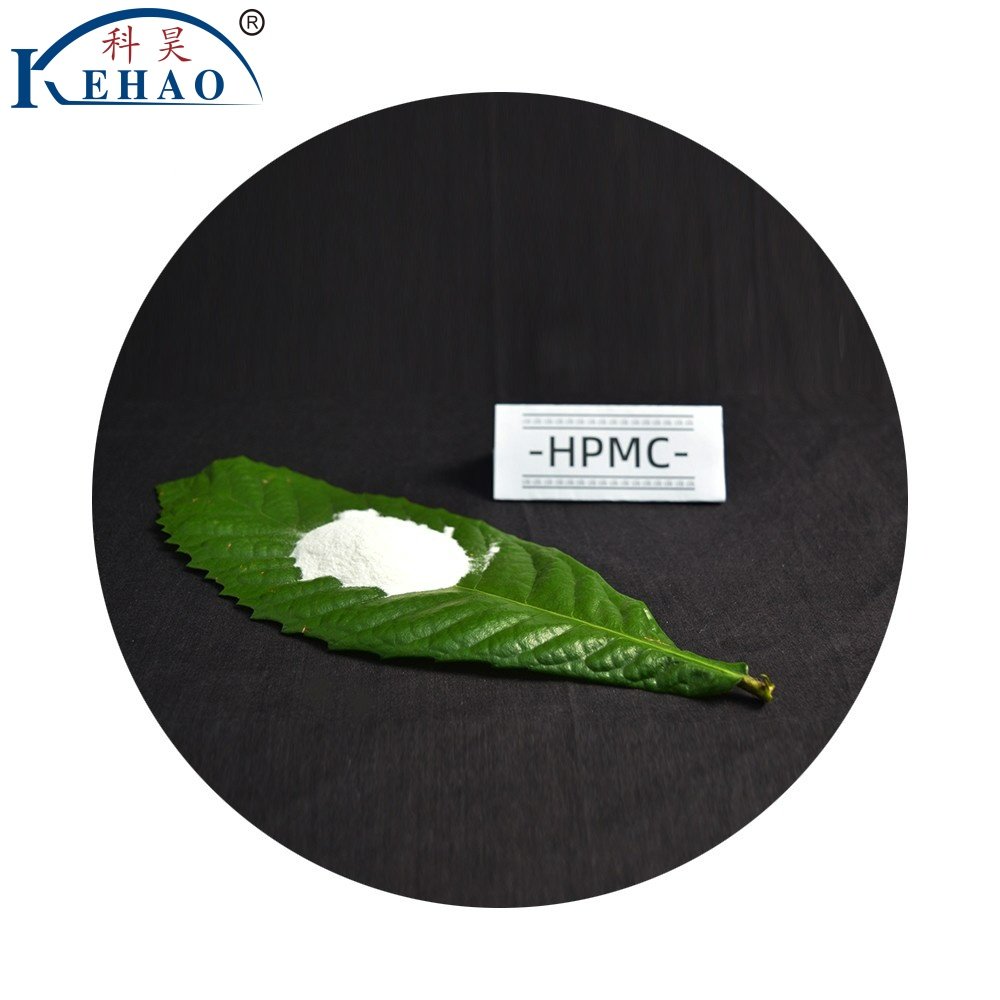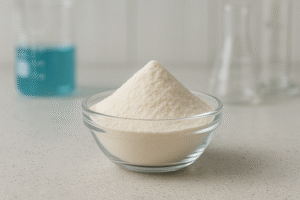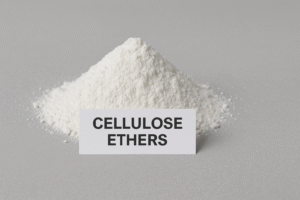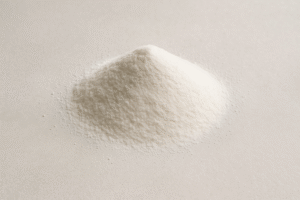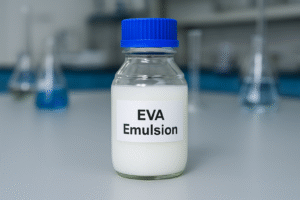Many people encounter HPMC daily without knowing what it is. This common but mysterious substance appears in everything from eye drops to building materials, causing confusion about its safety and applications.
Hydroxypropyl methylcellulose1 (HPMC) is a non-ionic cellulose ether made by chemically modifying cellulose. It works as a thickener, binder, film-former, and stabilizer in various industries including construction, pharmaceuticals, food products, and cosmetics, offering excellent water retention properties.
At Kehao, we've been manufacturing HPMC for over 15 years. I remember when we first started producing this versatile material, I was amazed by how many different industries requested it. Let me take you through everything you need to know about this remarkable cellulose derivative and answer your most pressing questions.
What does hydroxypropyl methylcellulose do to the body?
Many consumers worry about chemicals in their food and medications. HPMC appears in numerous products we consume, raising questions about its interaction with our bodies.
Hydroxypropyl methylcellulose1 passes through the digestive system largely intact without being metabolized. It functions primarily as an inert ingredient that doesn't get absorbed into the bloodstream, acting instead as dietary fiber2 that can help regulate bowel movements and create a feeling of fullness.
In my years working with HPMC, I've studied its biological interactions extensively. HPMC has several beneficial effects when consumed. As a soluble fiber, it can help slow glucose absorption, potentially assisting with blood sugar management.
It adds bulk to stool and can help relieve constipation. Its ability to create a feeling of fullness has even led to its use in weight management products.
In pharmaceutical applications, HPMC's properties make it ideal for controlled-release drug delivery systems. The polymer forms a gel matrix when it contacts water, allowing medications to be released gradually into the body. This technology helps maintain consistent drug levels in the bloodstream, reducing side effects and improving treatment efficacy.
For contact lens wearers, HPMC is a common ingredient in eye drops, providing lubrication and comfort. Its moisture-retention qualities help maintain hydration on the eye's surface without causing irritation or adverse reactions.
HPMC Biological Effects Table:
| Body System | Effect |
|---|---|
| Digestive | Acts as dietary fiber, adds bulk to stool |
| Metabolic | Not absorbed, passes through intact |
| Blood Sugar | May help slow glucose absorption |
| Satiety | Creates feeling of fullness |
Is hydroxypropyl methylcellulose safe in supplements?
People are increasingly careful about supplement ingredients. With HPMC commonly used in capsules and tablets, questions about its safety in these applications are common.
Yes, hydroxypropyl methylcellulose is generally recognized as safe (GRAS) by the FDA for use in supplements. It's used primarily as a capsule material and binding agent in tablets with no known toxicity when consumed at recommended levels. It's also suitable for vegetarians and vegans as a plant-based alternative to gelatin.
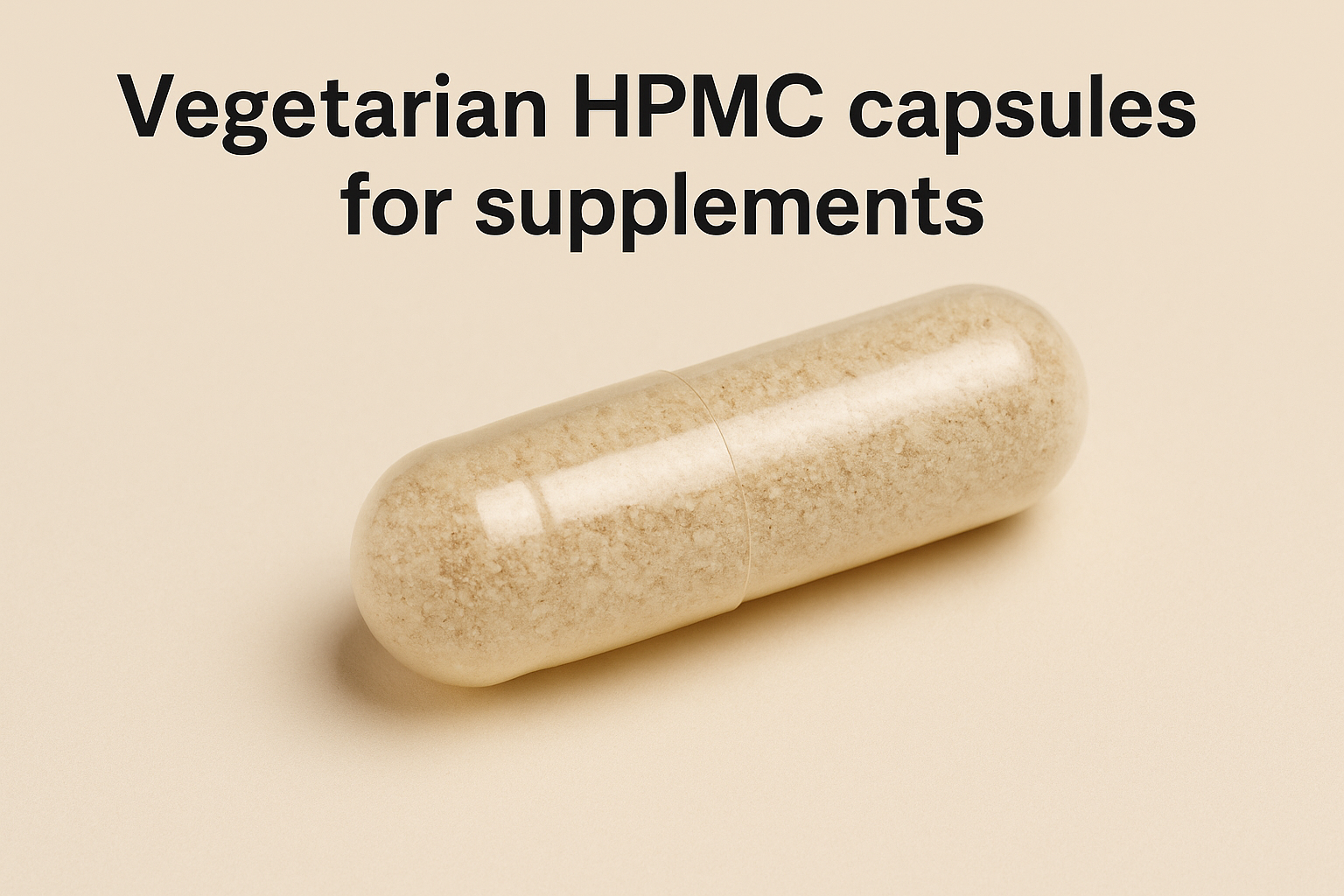
I've worked with numerous supplement manufacturers who choose HPMC3 for their products. The safety profile of HPMC in supplements comes from decades of research and practical application.
One key advantage is its stability across different pH environments, allowing capsules to withstand stomach acid while still dissolving at the appropriate time to release their contents.
HPMC capsules have gained popularity as a vegetarian alternative to traditional gelatin capsules, which are made from animal by-products. This plant-derived option meets the needs of consumers with dietary restrictions or ethical concerns about animal products.
Our manufacturing facility produces pharmaceutical-grade HPMC that meets strict purity standards for supplement applications.
The regulatory bodies worldwide, including the European Food Safety Authority (EFSA), have established acceptable daily intake levels for HPMC that provide significant safety margins.
In practice, the amounts used in supplements are well below these thresholds. Even for individuals who take multiple supplements daily, the cumulative HPMC exposure remains within safe limits.
For those with specific dietary needs, it's worth noting that HPMC is gluten-free, sugar-free, starch-free, and preservative-free.
It doesn't contain common allergens, making it suitable for people with various food sensitivities. The only potential concern might be for those with severe cellulose allergies, which are extremely rare.
HPMC in Supplements - Key Properties:
| Property | Benefit |
|---|---|
| Plant-based | Suitable for vegetarians/vegans |
| Allergen-free | No common allergens |
| pH resistant | Stable in stomach acid |
| Dissolves predictably | Controlled release of contents |
| Tasteless | Doesn't affect supplement flavor |
Is hydroxypropyl cellulose safe for humans?
There's often confusion between hydroxypropyl cellulose (HPC) and hydroxypropyl methylcellulose (HPMC). Both are used in consumer products, leading to questions about the safety of each.
Yes, hydroxypropyl cellulose (HPC) is safe for human consumption and contact. Like HPMC3, it's FDA-approved as a food additive and pharmaceutical excipient. HPC functions as a thickener, stabilizer, and binding agent, passing through the digestive system without absorption and with no known toxicity at normal usage levels.
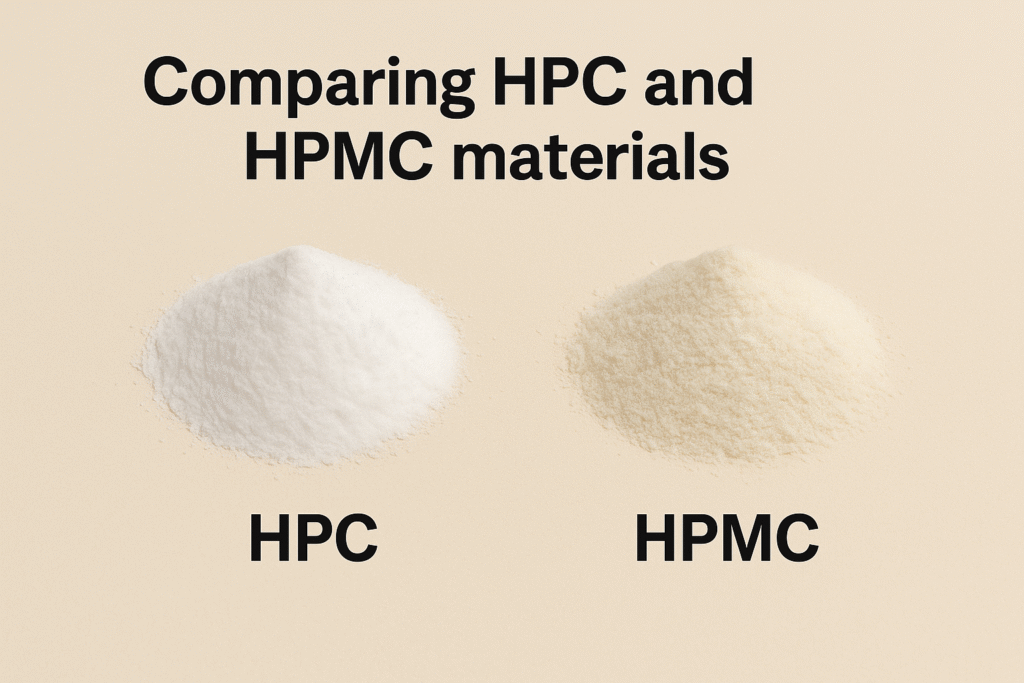
In my experience working with both materials, I've noted that while HPC and HPMC have similar safety profiles, they have distinct chemical structures and slightly different properties that make each better suited for specific applications.
HPC differs from HPMC in the type of substitution on the cellulose backbone, resulting in different solubility characteristics.
HPC is widely used in oral pharmaceutical formulations, including as a tablet binder and film-coating material. Its safety has been established through extensive toxicological studies and decades of use in products consumed by millions of people daily.
The Joint FAO/WHO Expert Committee on Food Additives (JECFA) has evaluated HPC and assigned it an "ADI not specified" status, their highest safety category indicating no hazard to health within normal use parameters.
For those concerned about environmental impact, both HPC and HPMC are biodegradable materials derived from renewable resources (wood pulp or cotton fiber). This makes them environmentally preferable to many synthetic polymers.
At our factory, we've implemented sustainable sourcing practices to ensure our cellulose derivatives have minimal environmental impact.
One practical difference between HPC and HPMC is their behavior in different temperature conditions. HPC has a lower thermal gelation point, which can be advantageous in certain pharmaceutical applications but may limit its use in hot food products compared to HPMC.
Both materials have excellent film-forming properties, though HPC tends to produce films with greater flexibility.
Comparing HPC and HPMC:
| Property | HPC | HPMC |
|---|---|---|
| Water solubility | High | High |
| Organic solvent solubility | More soluble | Less soluble |
| Thermal gelation | Lower temperature | Higher temperature |
| Film flexibility | Higher | Moderate |
| Safety profile | Excellent | Excellent |
Is hydroxypropyl methylcellulose hazardous?
With chemical-sounding names often raising alarm, many people worry that HPMC might be dangerous or toxic. This concern spans both industrial and consumer applications.
No, hydroxypropyl methylcellulose is not considered hazardous. It has low toxicity even at high doses, isn't irritating to skin or eyes at normal concentrations, isn't flammable, and doesn't pose environmental hazards. It's classified as a non-hazardous material for transportation and storage according to global regulatory standards.
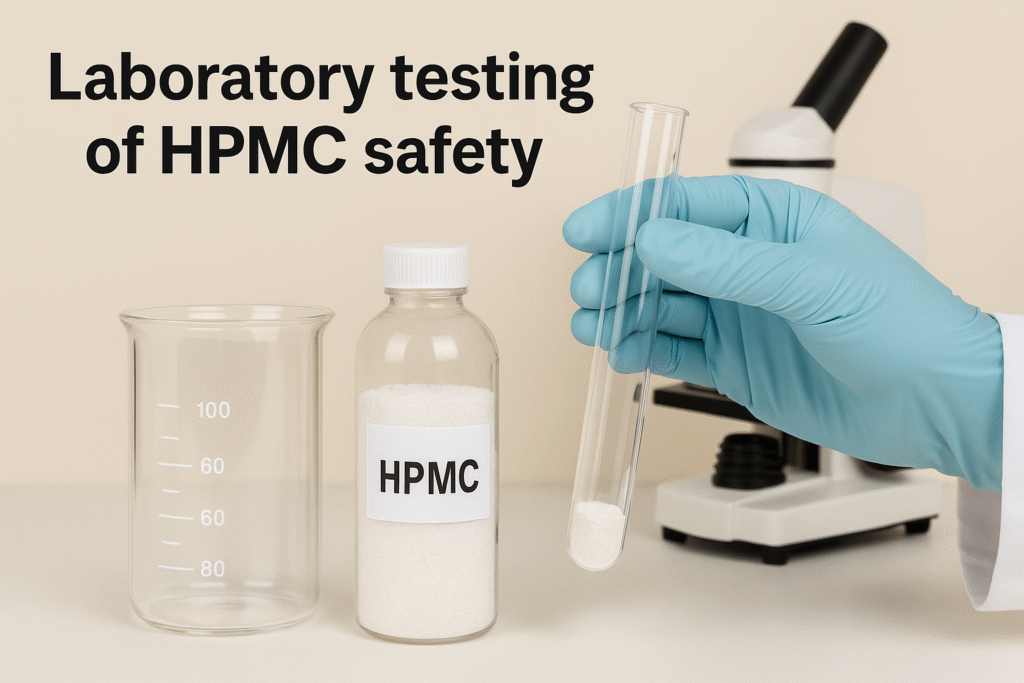
Having overseen safety testing for our HPMC4 products for years, I can confidently address concerns about potential hazards. Our toxicological assessments consistently show that HPMC has an excellent safety profile across multiple exposure routes.
Acute toxicity studies show extremely high LD50 values (the dose that would be lethal to 50% of test animals), indicating very low toxicity.
In industrial settings, HPMC poses minimal occupational risks. The primary concern is the potential for dust formation during handling, which is a mechanical rather than chemical hazard.
We recommend standard dust prevention measures and provide our customers with comprehensive safety data sheets that detail proper handling procedures.
For end-users of products containing HPMC, the risk profile is even lower. The concentrations used in consumer products are well below any level of concern, and the material doesn't leach harmful substances.
HPMC doesn't bioaccumulate in the body or environment, meaning it doesn't build up over time in tissues.
Environmental studies show that HPMC is biodegradable, breaking down into simple sugars, water, and carbon dioxide. It doesn't persist in the environment or cause ecological harm when disposed of properly. Water treatment facilities can effectively remove it from wastewater.
One specific concern sometimes raised is about HPMC in eye products. Extensive ophthalmological testing has shown it to be non-irritating and compatible with ocular tissues, which is why it's widely used in artificial tears and contact lens solutions. The material actually helps protect the ocular surface by maintaining moisture.
HPMC Safety Assessment Overview:
| Safety Parameter | Finding |
|---|---|
| Acute oral toxicity | Very low (LD50 >5000mg/kg) |
| Skin irritation | Non-irritant |
| Eye irritation | Non-irritant at product concentrations |
| Sensitization | Non-sensitizing |
| Genotoxicity | Negative |
| Environmental fate | Biodegradable |
Conclusion
HPMC is a versatile, safe cellulose derivative used across many industries. It passes through the body unabsorbed, is FDA-approved for supplements, and poses no significant hazards in its various applications.
-
Explore this link to understand the diverse applications and benefits of Hydroxypropyl methylcellulose in various industries. ↩ ↩
-
Learn more about the role of dietary fiber in digestion and overall health, including its benefits and sources. ↩
-
Explore the advantages of HPMC in supplements, including its stability and suitability for various dietary needs. ↩ ↩
-
Explore this link to understand the comprehensive safety assessments and benefits of HPMC in various applications. ↩

